Batman’s video game history is as storied and diverse as his rogues’ gallery. For every hour spent hunting for each hidden Riddler trophy in the Arkham games a controller is thrown in frustration courtesy of the ruthless enemies in the 8-bit days. The complete list of Batman games shines a light on several overlooked gems and a few landmines trussed up in black body armor.
Batman (1986)
- Released for the Amstrad PCW, Amstrad CPC, ZX Spectrum, and MSX
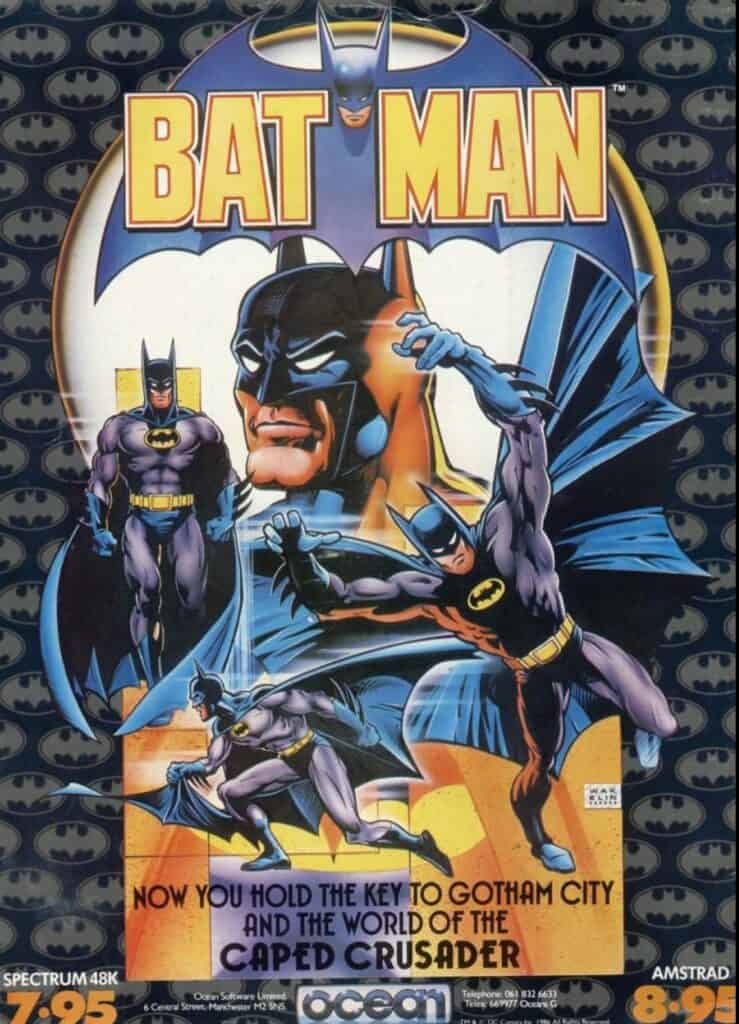
It’s only fitting that the video game debut of the world’s greatest detective wallows in obtuse, teeth-gnashing frustration. This isometric puzzle/adventure game is remembered for its impressive graphical feats and its high level of difficulty. The player is tasked with hunting down the pieces of the Batcraft (a bat-branded hovercraft) to save an imperiled Robin.
Batman: The Caped Crusader (1988)
- Released for the Amiga, Amstrad CPC, Apple II, Commodore 64, MS-DOS, and ZX Spectrum
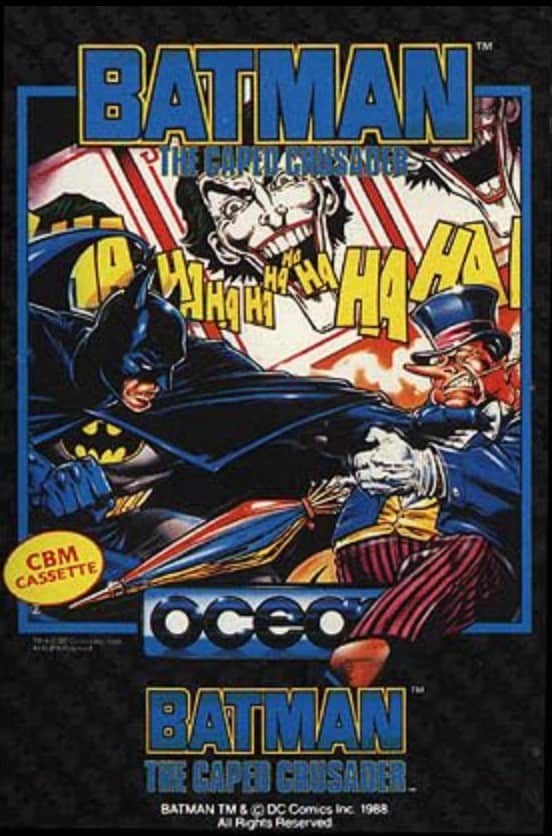
The Caped Crusader is the first game to deal with members of Batman’s extensive rogues gallery. He navigates extensive mazes through comic panel styled screens, all in the hopes of finding and defeating both the Joker and the Penguin.
Batman: The Movie (1989)
- Released for the Amiga, Amstrad CPC, Atari ST, Commodore 64, GX4000, MS-DOS, MSX, and ZX Spectrum
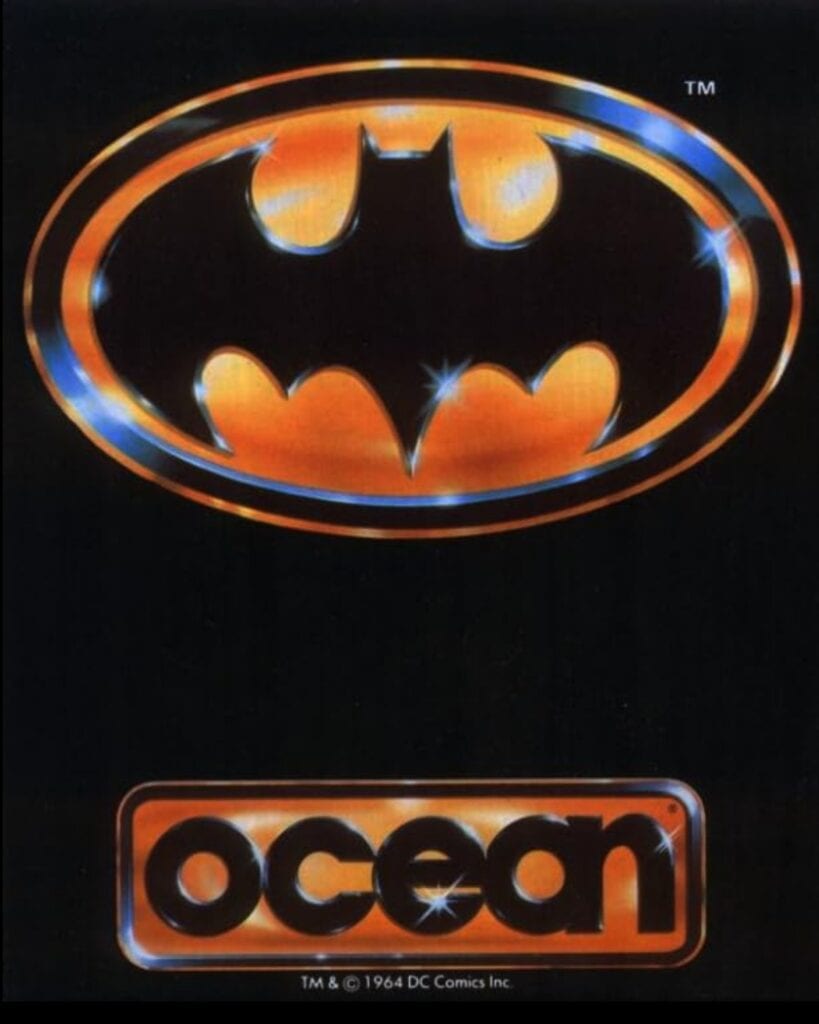
Ah yes, the beginning of the side-scrolling Batman action formula that is prevalent within the next few console generations. The game manages to stay faithful to the Tim Burton film throughout each level. Batman: The Movie is among the more playable games from the British home computer era.
Batman: The Video Game (1990)
- Released for the NES

©Batman: The Video Game cover
Despite the game’s deviations from the movie’s plot, it is hard to argue with a blue and purple Batman throwing a Batarang at unsuspecting goons. The game’s difficulty, soundtrack, and comic book-style cutscenes make Batman: The Video Game a memorable NES title.
Easier, prettier, more coherent, and more faithful to the Batman film than either the NES or Game Boy ports. The 16-bit boost makes for an impressive early action/adventure title in the Genesis library.
Batman: Return of the Joker (1991)
- Released for NES and Sega Genesis
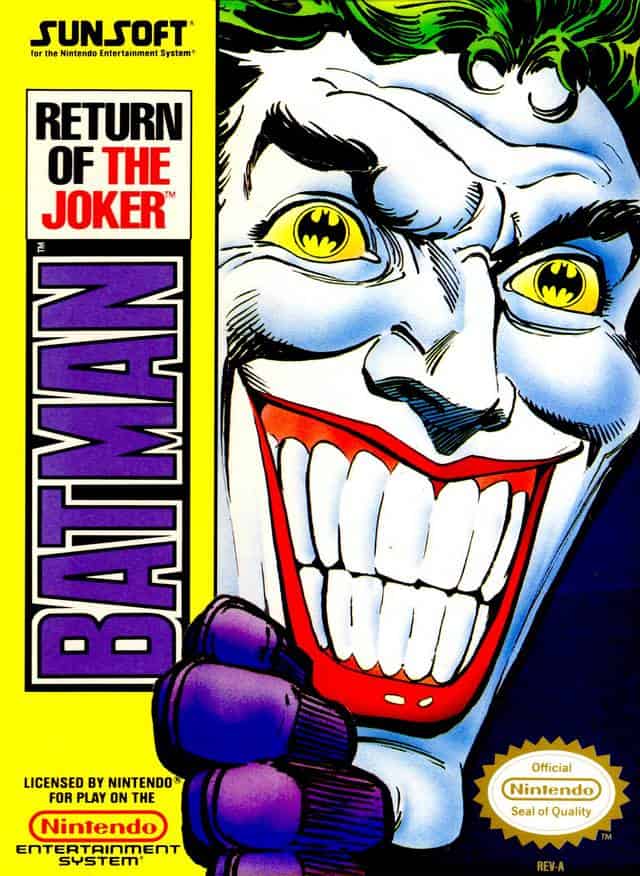
©Batman Return of the Joker cover art
Batman: Return of the Joker is essentially a Batman-skinned Contra clone. It’s strange that an 8-bit run-and-gun action title is the highlight of the early era of Batman games given Bruce Wayne’s hatred of firearms. If you are in your late 30s and enjoy dabbling in the retrogaming world, this is the exact type of game that should be sticking out of the NES you keep in your office.
Batman: Return of the Joker – GB Version (1992)
- Released for Game Boy
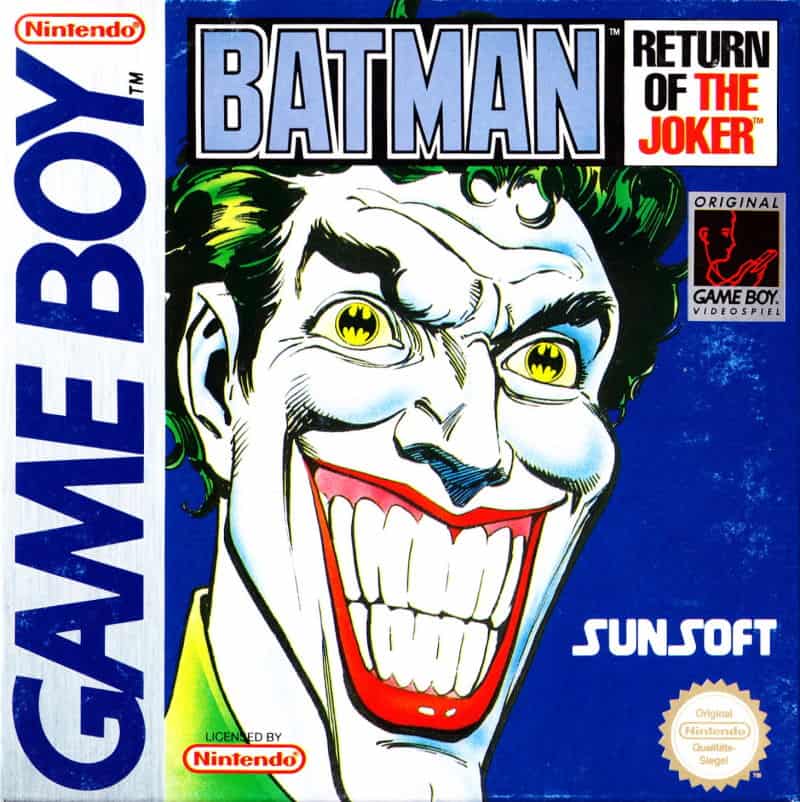
©Batman: Return of the Joker Game Boy cover art
The handheld version of Batman: Return of the Joker is a dodgy-at-best platformer released as a last ditch attempt to squeeze whatever money remained out of the Batman stone before Sunsoft’s rights lapsed.
Batman Returns (1992)
- Released for SNES, NES, Sega Genesis, Sega Master System, Sega Game Gear, and Sega CD
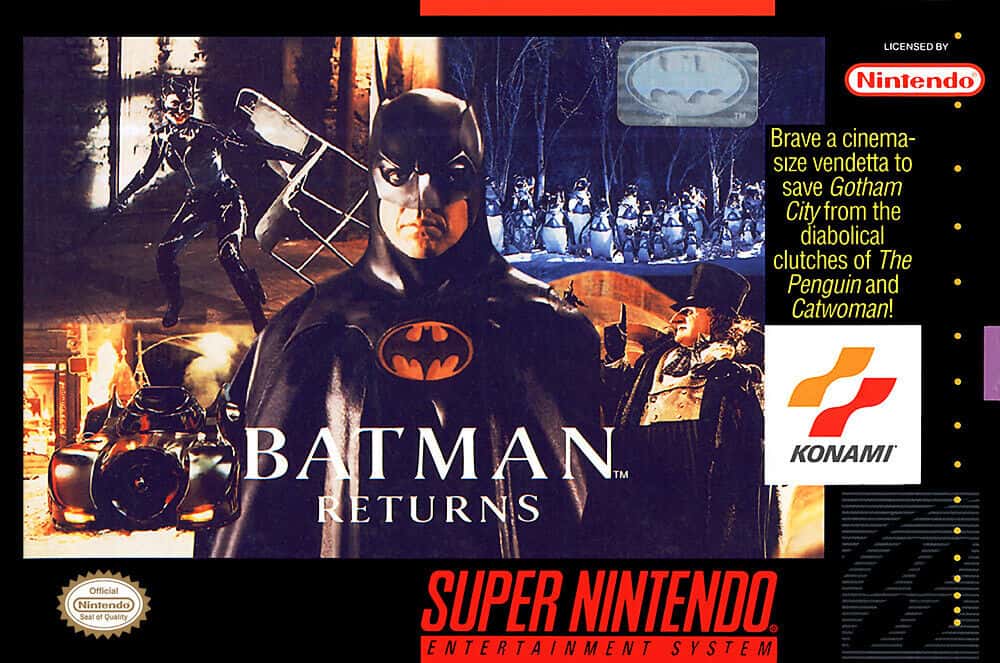
©Batman Returns Super Nintendo cover art
The bizarre and oppressive tone of Tim Burton’s hyper-stylized sequel informed the games based on it in many ways. The impressive visuals of the 16-bit ports of Batman Returns capture the sleazy darkness of the film. The difficulty spikes of the NES and Master System versions mirror the style Burton forced the studio to embrace. The Sega CD version…er…has a Batmobile.
Batman Returns – Lynx Version (1992)
- Released for Atari Lynx
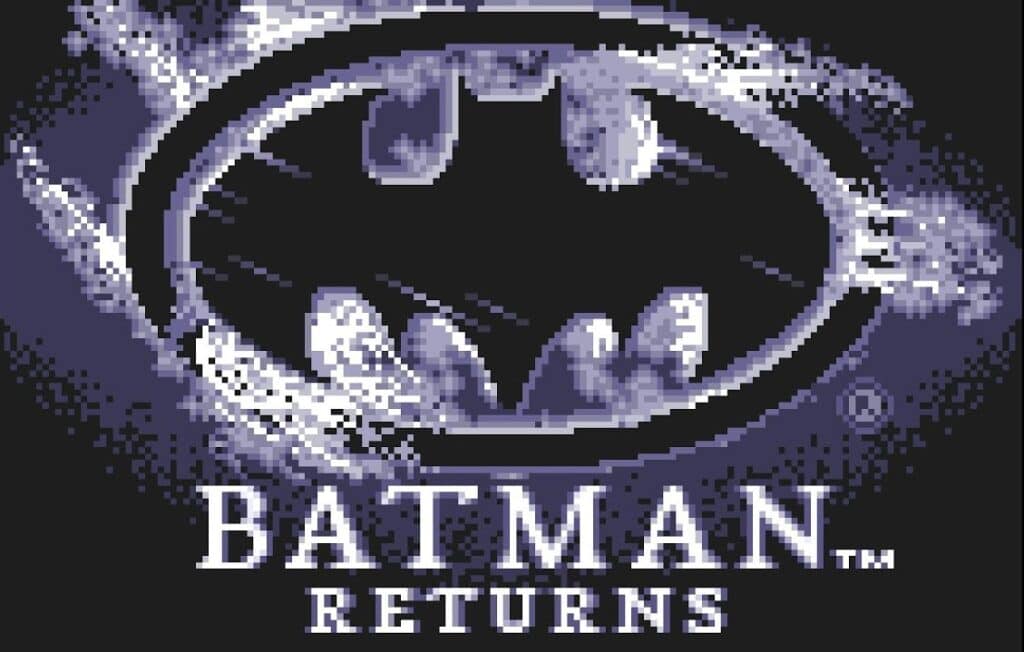
©Batman Returns Lynx version
A competent enough side-scrolling beat-em-up wasted on the unresponsive tire fire of the Atari Lynx. Used as a pack-in game with the Lynx II console, Batman Returns tricked players into believing that there were more games on the system worth playing.
Batman: The Animated Series (1993)
- Released for Game Boy

©Batman: The Animated Series Game Boy cover art
This surprisingly polished and fun platformer title for the Game Boy was the first game based on the legendary Batman: The Animated Series. The player must switch between Batman and Robin depending on the situation to make it to the end of each stage.
The Adventures of Batman & Robin (1994)
- Released for SNES and Sega Genesis
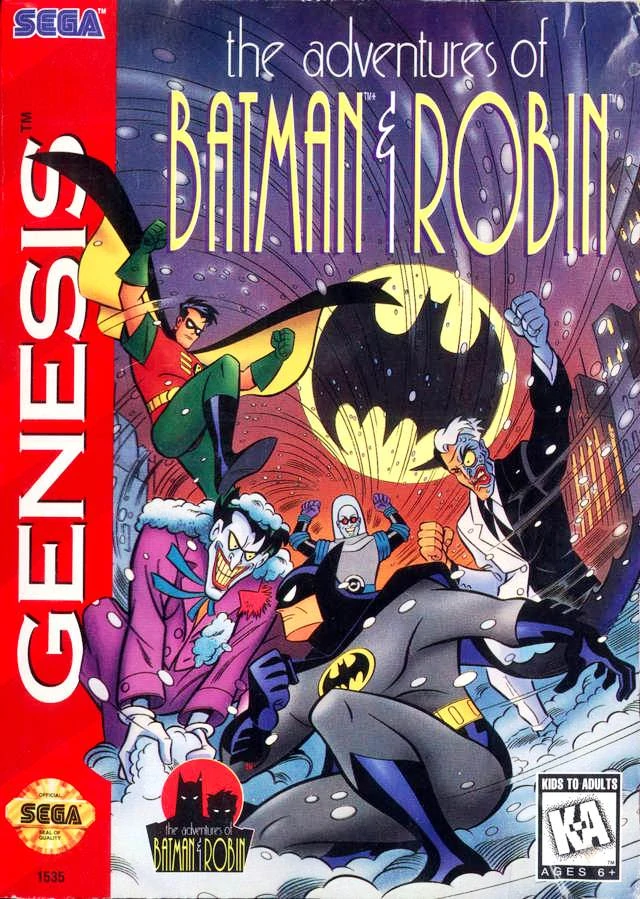
©The Adventures of Batman & Robin Sega Genesis cover art
The Adventures of Batman & Robin was the first game to show off the sleek design of Batman’s highly popular animated escapades. The strength of the combat, score, and aesthetic balances out the awkward driving stages and lack of a playable Robin. It’s also worth noting that this marks the gaming debut of the beloved villain Mr. Freeze.
The Adventures of Batman & Robin – Sega CD Version (1995)
- Released for Sega CD
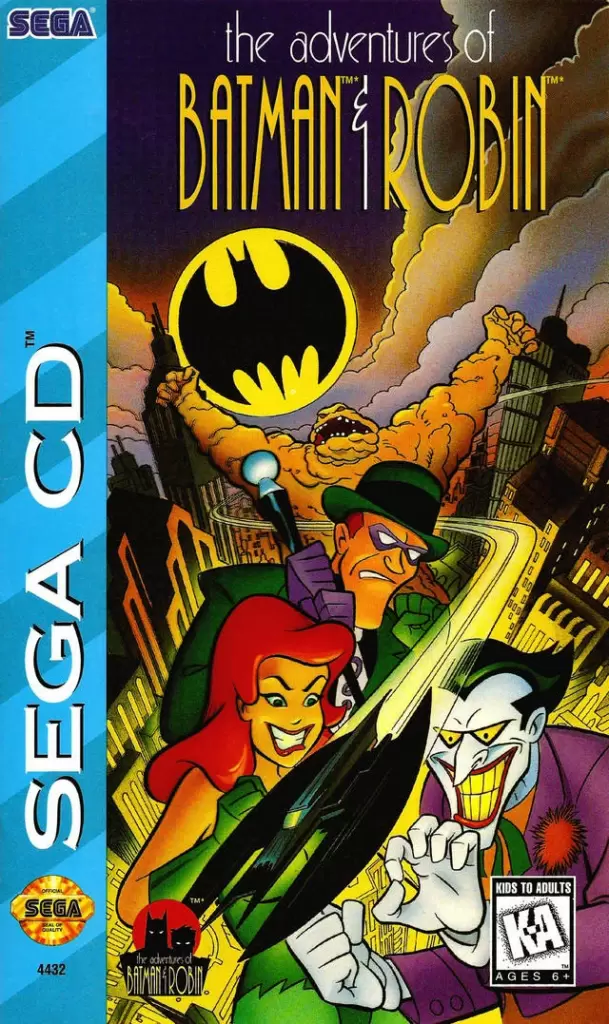
©The Adventures of Batman & Robin – Sega CD Version (1995)
While other ports of The Adventures of Batman & Robin are among the best of the early Batman games, the Sega CD version is a barely playable mess of 3D driving and flying jank. The 17 minutes of animation drawn and voiced – with the original cast – exclusively for this title makes it worth a look for the seasoned Batman: The Animated Series fan.
The Adventures of Batman & Robin – GG Version (1995)
- Released for Sega Game Gear
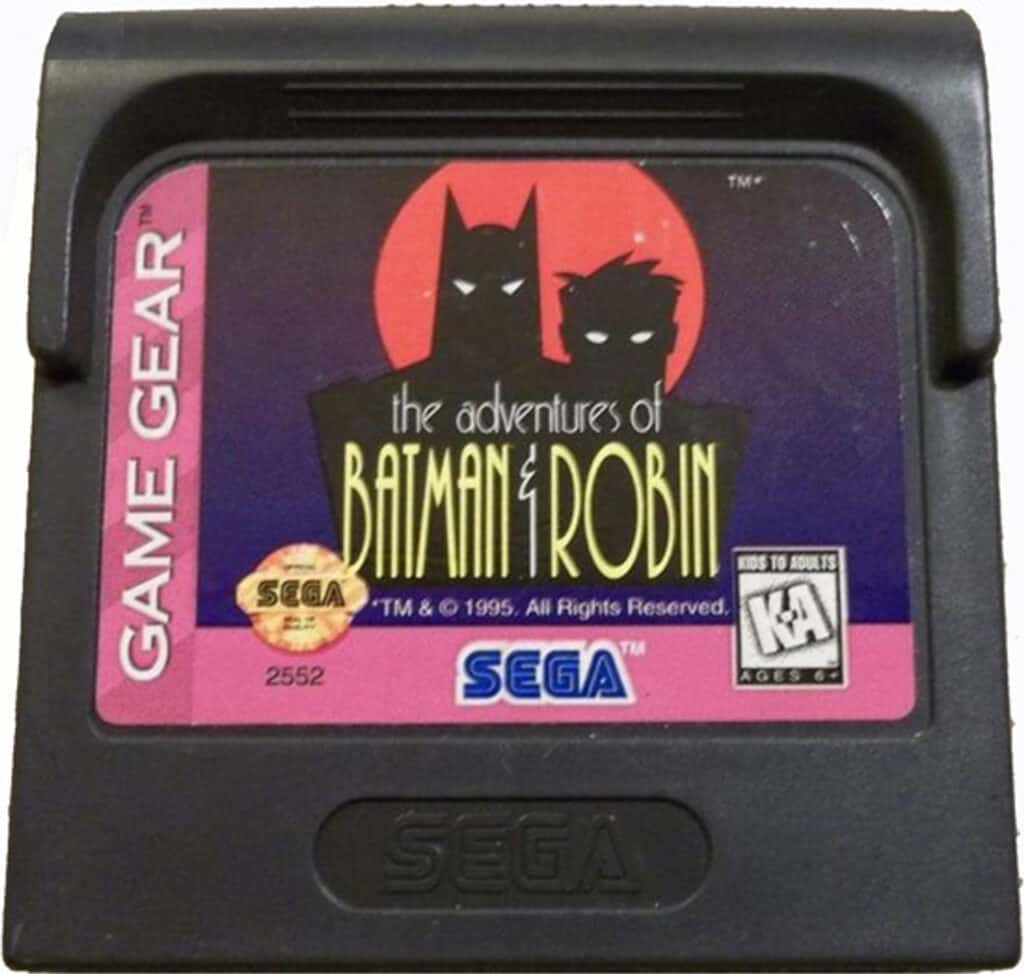
©The Adventures of Batman & Robin – GG Version (1995)
The Game Gear port of The Adventures of Batman & Robin is an unresponsive mess of a game. It is more than likely remembered for ruining a Christmas morning rather than it’s repetitive platforming.
Batman Forever (1995)
- Released for SNES, Game Boy, Sega Genesis, and Sega Game Gear
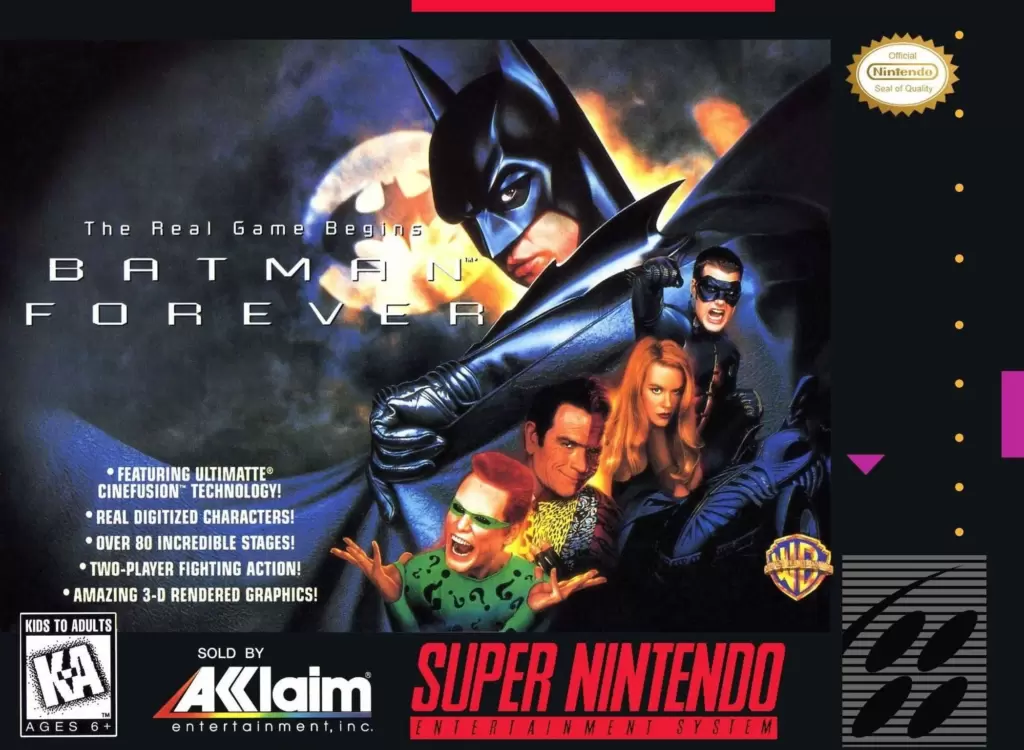
©Batman Forever Super Nintendo cover art
While visually impressive for the time, Batman Forever’s infamously sluggish controls and unintuitive design are one of the heavier blemishes in the Dark Knight’s console career.
Batman Forever: The Arcade Game (1996)
- Released for PS1 and Sega Saturn
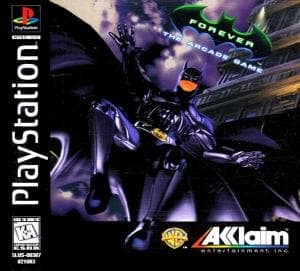
©Batman Forever: The Arcade Game (1996)
Batman’s jump to compact disc is a classic arcade-style brawler. With its tight controls and unique visual style it stands as a bright spot in the unending darkness that was the mid-90s approach to Batman games.
Batman & Robin (1998)
- Released for PS1
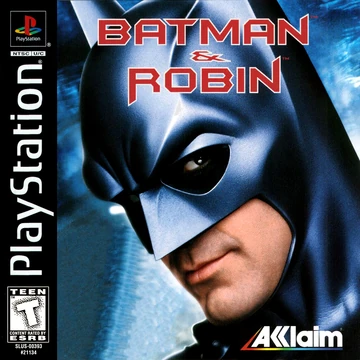
©Batman & Robin Playstation cover art
The goodwill garnered by the last time Bruce Wayne graced the PlayStation was quickly lost in the murky haze of Batman & Robin. The game is the awkward disaster of 3D beat-em-up that the much-maligned film deserves.
Batman Beyond: Return of the Joker (2000)
- Released for N64, PS1, and Gameboy Color
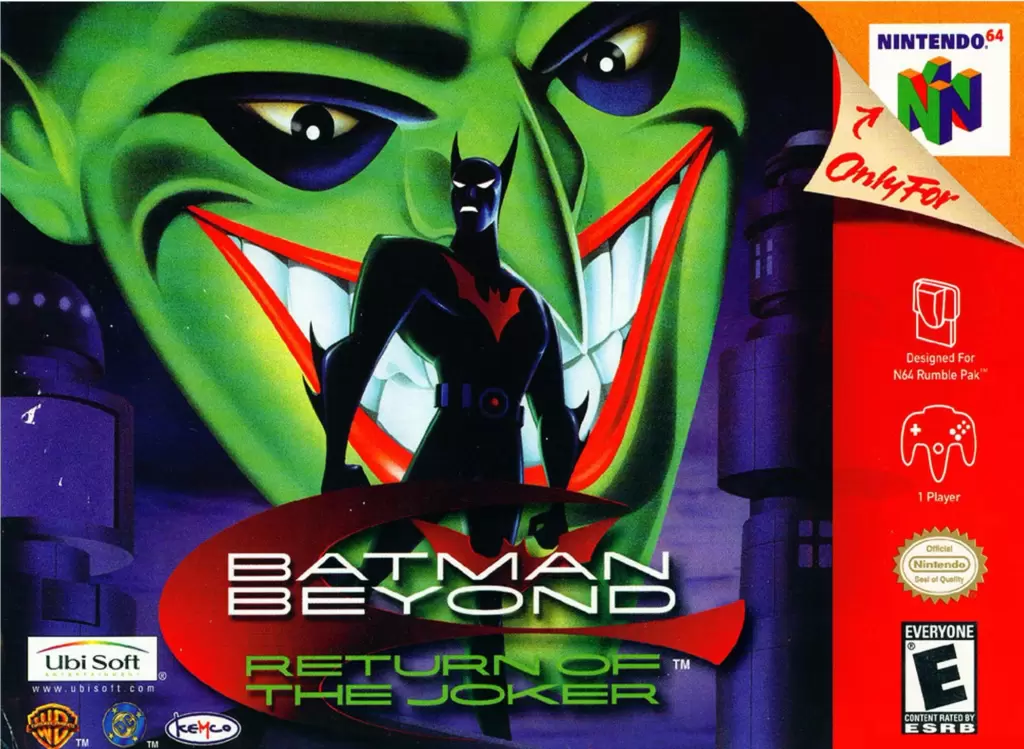
©Batman Beyond: Return of the Joker (2000)
Based on the film version of Bruce Wayne’s cyberpunk successor Batman Beyond: Return of the Joker is – surprise surprise – another side-scrolling beat-em-up. Each port of new Batman Terry McGinniss’s exploits sits as a mediocre and forgettable entry in a stream of equally mediocre and forgettable Batman games.
Batman: Chaos in Gotham (2001)
- Released for Gameboy Color
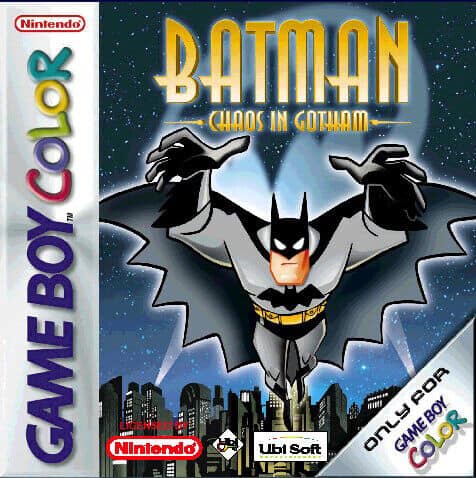
©Batman: Chaos in Gotham (2001) Game Boy Color cover art
Batman: Chaos in Gotham is the spiritual successor to the 1993’s killer Batman: The Animated Series. The jump to color allows for a tight art direction that does justice to the Bruce Timm designs. It does get a touch repetitive in the later stages but it doesn’t dilute the nostalgic visuals enough to stop it from being a solid mid-tier Batman entry.
Batman: Gotham City Racer (2001)
- Released for PS1
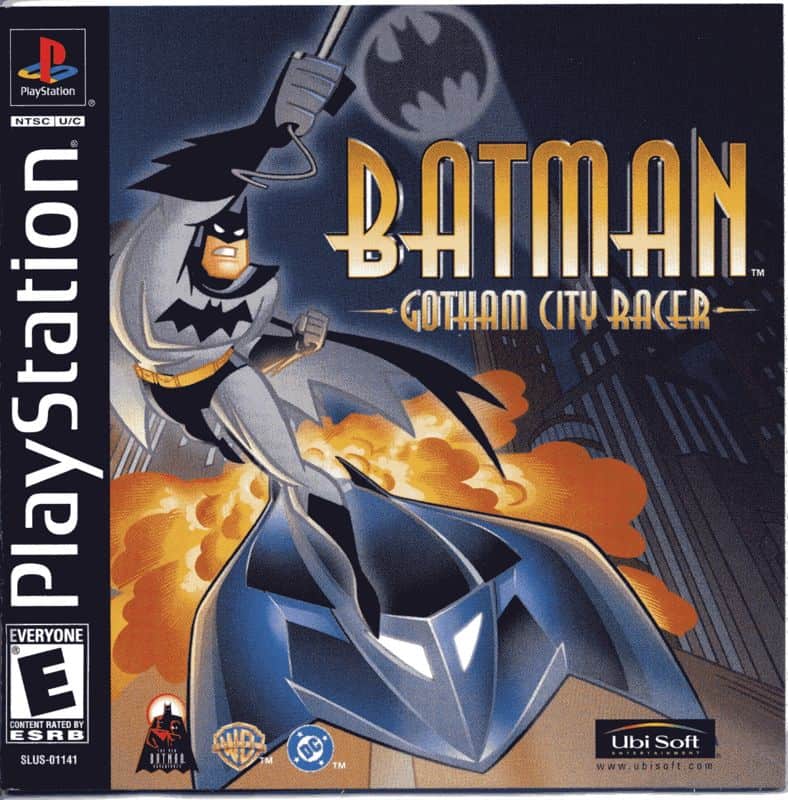
©Batman: Gotham City Racer (2001) Playstation cover art
A shovelware quality cash-grab of a kart racer utilizing whatever scraps of Batman: The Animated Series happened to be lying around the office. Batman: Gotham City Racer is a justifiably forgotten mess that isn’t even worth an ironic hate-play.
Batman: Vengeance (2001)
- Released for Game Cube, PS2, and Xbox
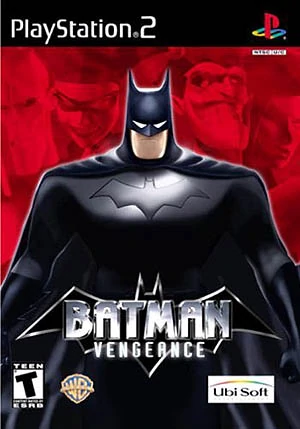
©Batman: Vengeance (2001) Playstation 2 cover art
Batman: Vengeance is a well-crafted episode of the Batman Animated Series interrupted and ruined by an absolute disaster of a game. Ubi-Soft’s bare-bones attempt at gameplay is repetitive, unresponsive, and an all-around chore to play.
Batman: Vengeance – GBA Version (2001)
- Released for Gameboy Advance
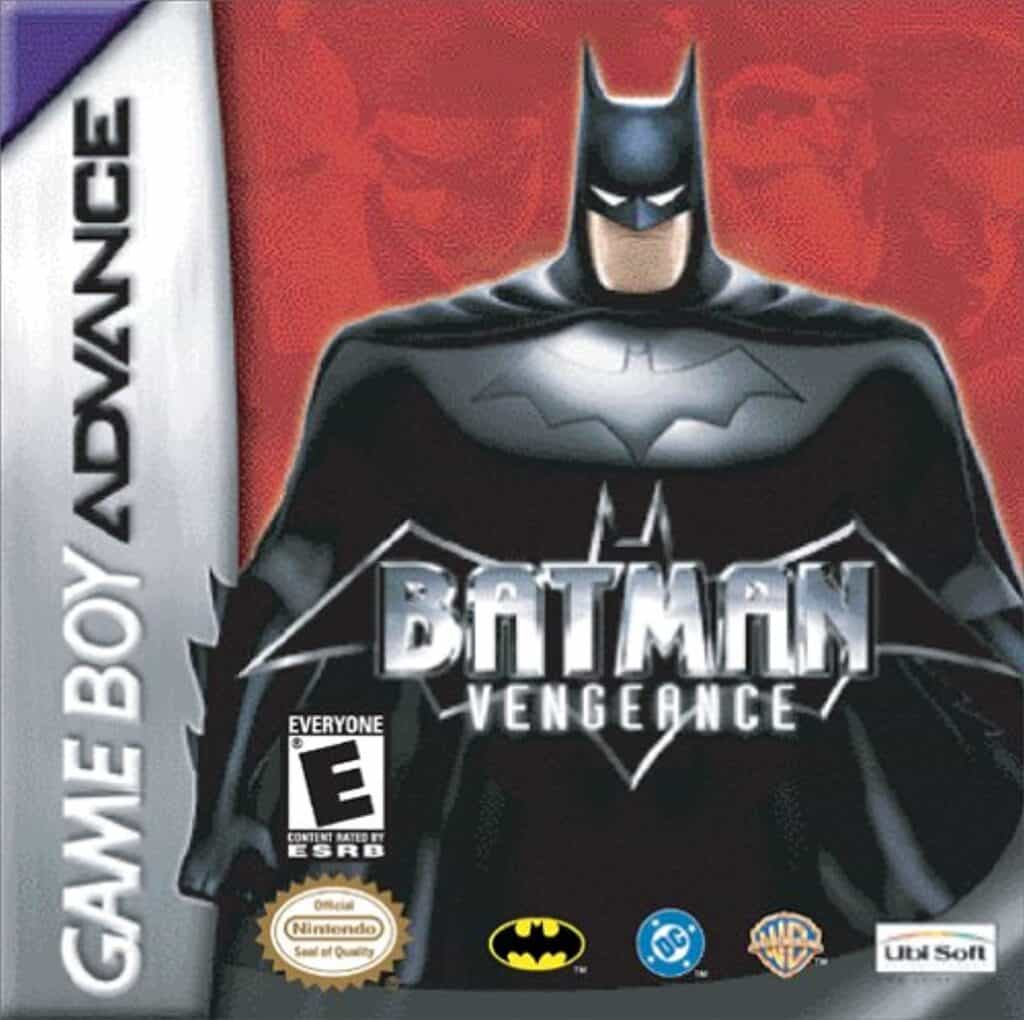
©Batman: Vengeance – GBA Version (2001) cover art
Infinitely better than its 3D counterparts, the Gameboy Advance version of Batman: Vengeance is a solid continuation of the console’s string of decent action platformers.
Batman: Dark Tomorrow (2003)
- Released for Game Cube and Xbox
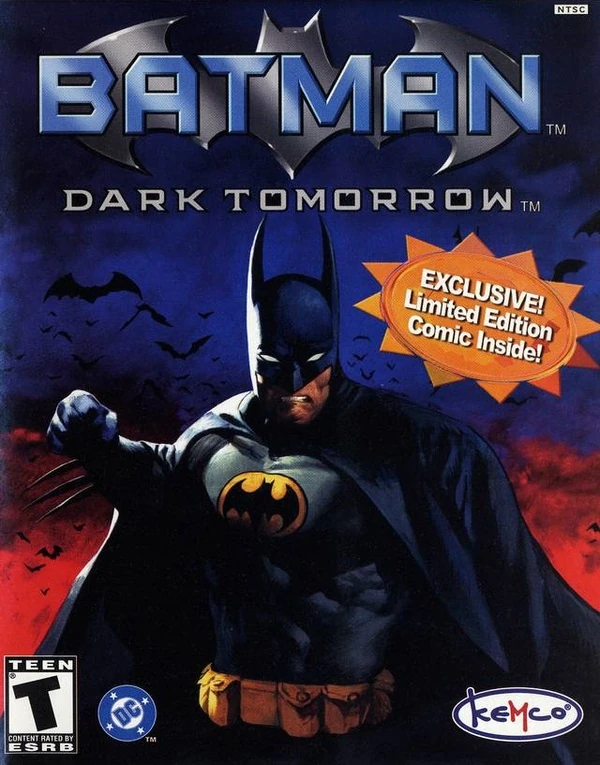
No other Batman game up to this point puts more effort into properly representing the feel of the comics. Batman: Dark Tomorrow‘s unique storyline is the brainchild of Kenji Terada – writer of the first three Final Fantasy games – and long-time DC scribe Scott Peterson. It’s a tragedy that the gameplay might constitute the worst of the modern Batman era.
Batman: Rise of Sin Tzu (2003)
- Released for Gameboy, Game Cube, PS2, and Xbox
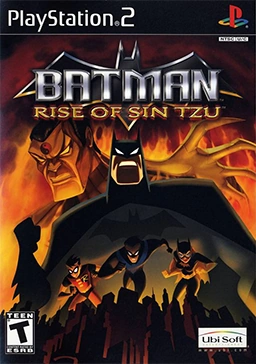
©Batman: Rise of Sin Tzu cover art
Following up Batman: Dark Tomorrow was an easy task. Batman: Rise of Sin Tzu delivers a competent brawler that wears its 90’s animation inspiration on its sleeve. It doesn’t hurt that comic book legend and Image co-founder Jim Lee lent his skills to the creation of the titular villain.
Batman Begins (2005)
- Released for Game Cube, Gameboy Advance, PS2, and Xbox
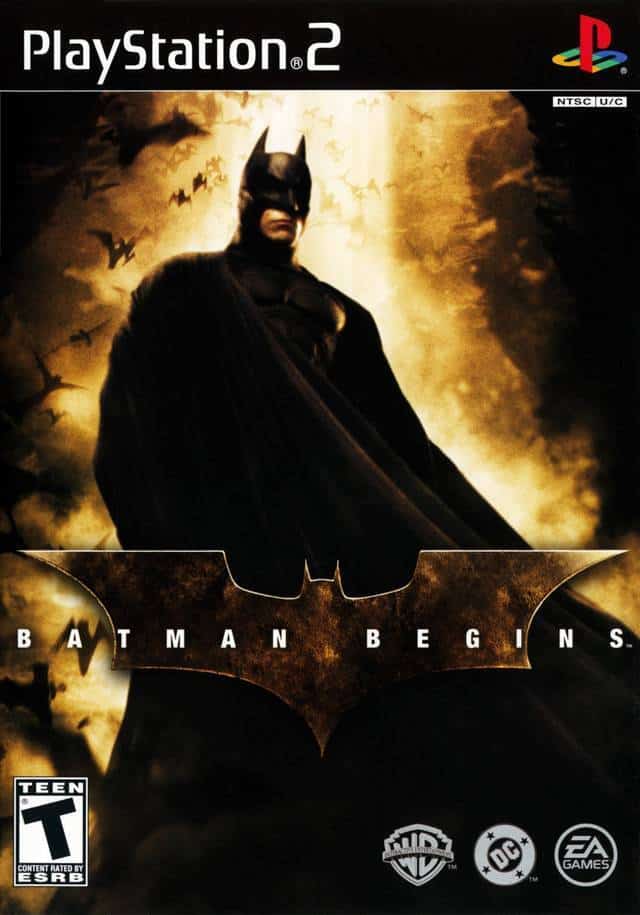
©Batman Begins Playstation 2 cover art
Batman Begins is a fitting reboot for the Dark Knight’s gaming image. The game bucks the faux-arcade albatross around the IP’s neck and focuses more on stealth than button mashing. It also marks the end of the handheld port being the superior game. The Gameboy Advance version plays like the D-pad itself is broken.
Lego Batman: The Video Game (2008)
- Released for PS2, PS3, PSP, Nintendo DS, Wii, Xbox 360, Windows, and Mac OS
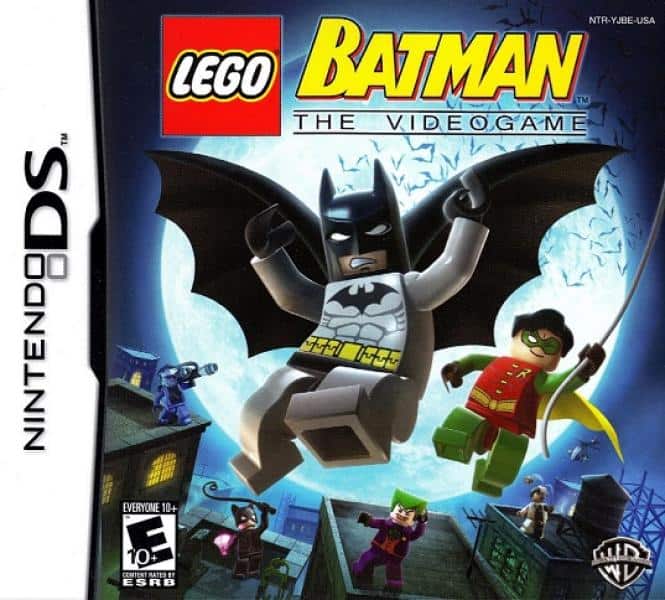
©Lego Batman: The Video Game (2008) cover art
The start of the beloved Lego Batman franchise is an endearing collect-a-thon. Marking the first Lego game to have an entirely original story, the success of Lego Batman: The Video Game and the freedom given to its writing team paved the way for the eventual money machine that is the Lego _____ series.
Batman: Arkham Asylum (2009)
- Released for PS3, Xbox 360, Windows, and Mac OS
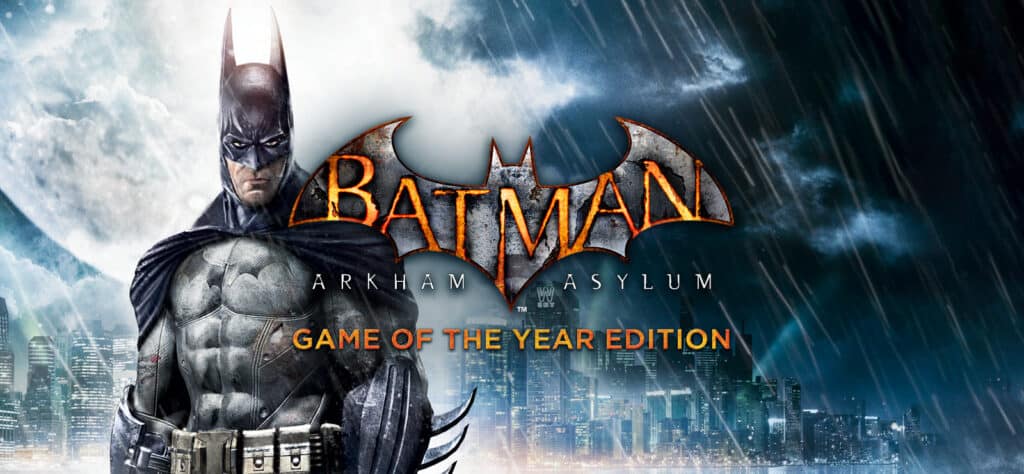
©Batman: Arkham Asylum (2009)
After years of slightly-above-average – and that’s being generous – games, Batman: Arkham Asylum redefines the modern brawler by mixing addictive combat, satisfying puzzles, and rewarding exploration with a voice cast and story worthy of a Hollywood production. It manages to do something new but familiar while single-handedly killing the “comic book game” stigma – thanks LJN – that haunted the gaming world since the ’80s. The paradigm shift caused by developer Rocksteady’s innovation didn’t just change the direction of Batman games but action titles as a whole.
Batman: The Brave and the Bold – The Video Game (2010)
- Released for Nintendo DS and Wii
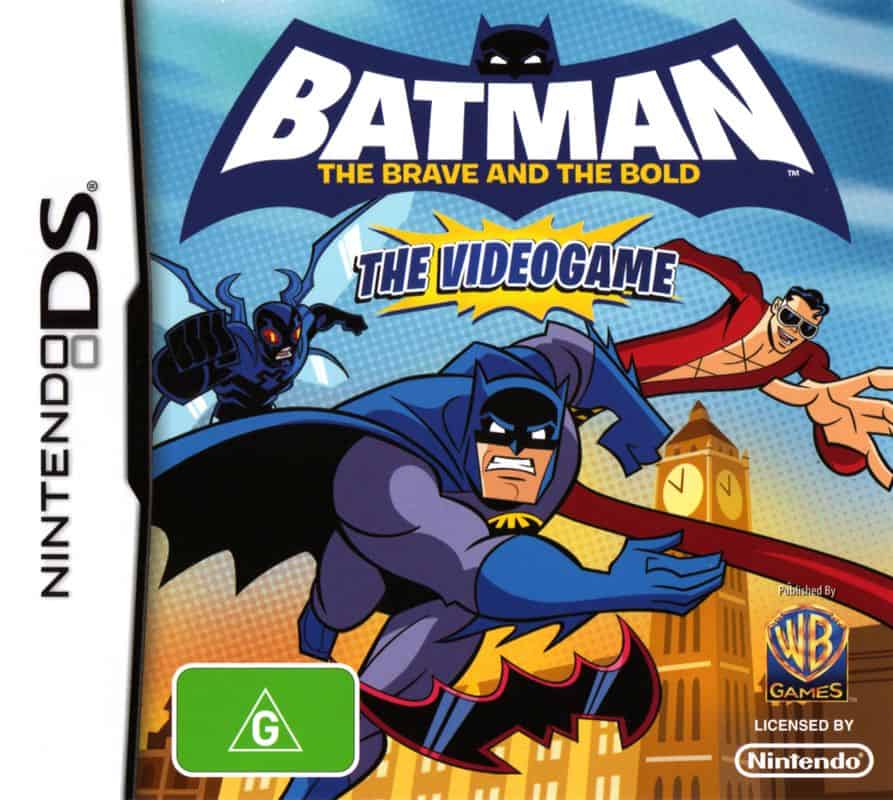
©Batman: The Brave and the Bold – The Video Game (2010) cover art
Sandwiched between the dark and heavy world of the Arkham games, Batman: The Brave and the Bold is a innocuous but satisfying romp through Gotham. It features nice mix of beat-em-up and platforming elements perfect for killing an hour or two on an early Sunday afternoon. As far as palette cleansers go, you could do much worse than the harmless fun of The Brave and the Bold.
Batman: Arkham City (2011)
- Released for PS3, Xbox 360, Wii U, Windows, and Mac OS
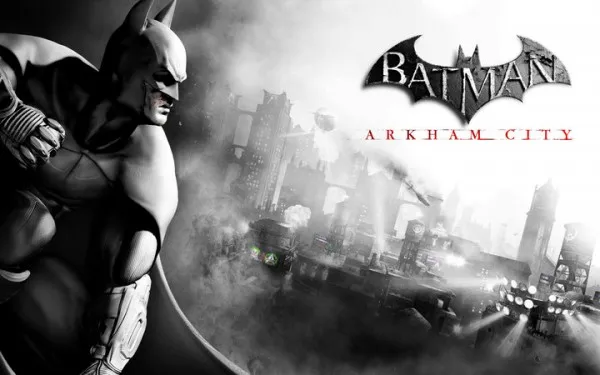
©Batman: Arkham City (2011)
Batman: Arkham City is a fitting follow-up to the near perfection that was Arkham Asylum: the sandbox is bigger and the stakes are higher. The narrative sits as one of the best Batman stories ever told. The hypothetical of peak-era John Carpenter directing the likes of Mark Hamil in a dead city near the end of the world is too good to ignore. It is a masterpiece of story and gameplay. If only the developers would give the world the remasters for which we are champing at the bit.
Lego Batman 2: DC Super Heroes (2012)
- Released for Windows, MacOS, PS3, PS Vita, Nintendo DS, Nintendo 3DS, Wii, Wii U, Xbox 360, Android, and iOS
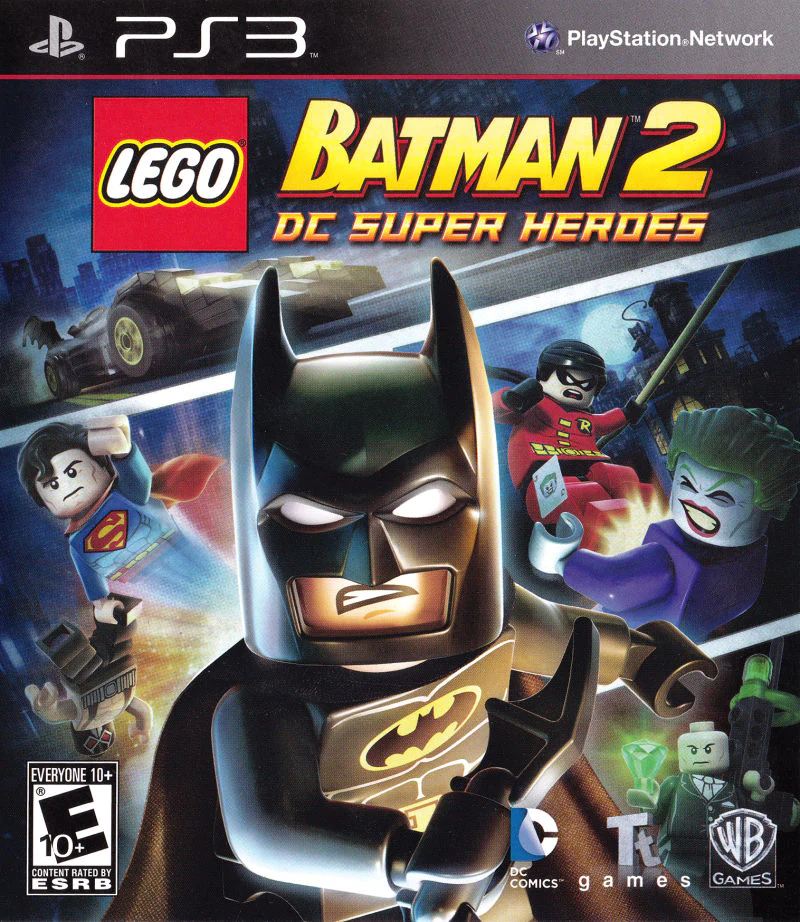
©Lego Batman 2: DC Super Heroes (2012)
What Batman: Arkham Asylum did to mature the modern brawler Lego Batman 2: DC Super Heroes did for the general-audiences-action-adventure genre. The amusing dialogue and proper Saturday Morning Cartoon scripting alongside its addicting – if not a touch repetitive – gameplay is the basis for much of the family-friendly milieu.
Batman: Arkham Origins (2013)
- Released for PS3, Wii U, and Xbox 360
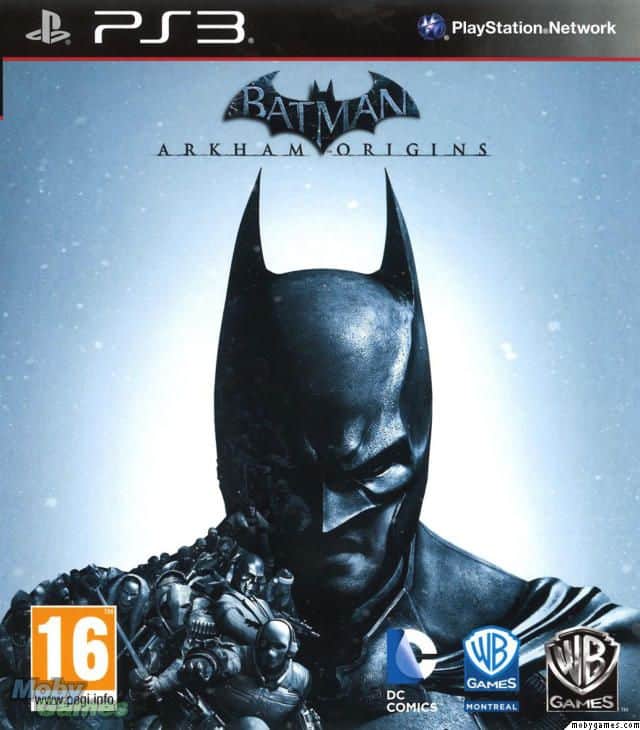
©Batman: Arkham Origins (2013)
Imagine if the previous two games in the Arkham series were fine, entirely fine. A prequel developed by WB Montreal in the background of the heavy work being put into what would eventually be Batman: Arkham Knight, Batman: Arkham Origins is a solid brawler in its own right. The lack of Kevin Conroy and a few control tweaks keep it from being held in as high of a regard as its predecessors.
Batman: Arkham Origins Blackgate (2013)
- Released for Nintendo 3DS and PS Vita
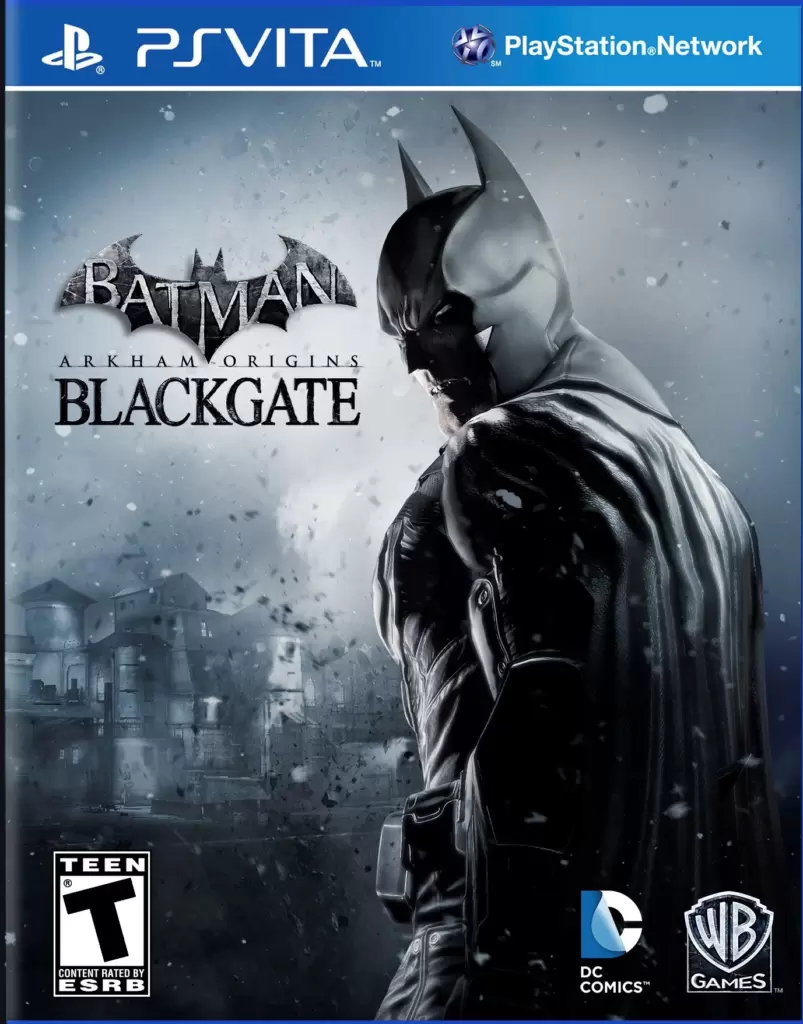
©Batman: Arkham Origins Blackgate (2013)
A surprise entry in the search action genre, Batman: Arkham Origins Blackgate is a nice detour from the usual Batman fare. The game’s 2.5D visual approach and the elevated emphasis on detective work – thanks to the turn towards a Metroidvania style – sets it apart from the rest of the Arkham series. It is an underappreciated gem in the Batman catalog.
Lego Batman 3: Beyond Gotham (2014)
- Released for PS3, PS4, PS Vita, Nintendo 3DS, Wii, Wii U, Xbox 360, Xbox One, Windows, MacOS, Android, and iOS
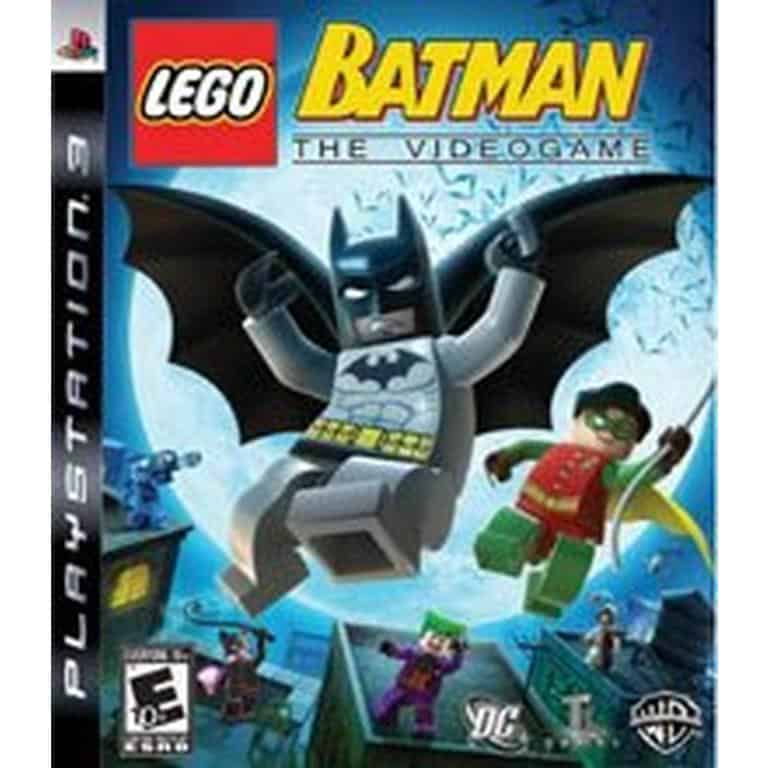
©Lego Batman 3: Beyond Gotham (2014)
The third installment in the Lego Batman series is more of the same: more blocks, more charm, more Batman.
Batman: Arkham Knight (2015)
- Released for PS4, Xbox One, and Windows
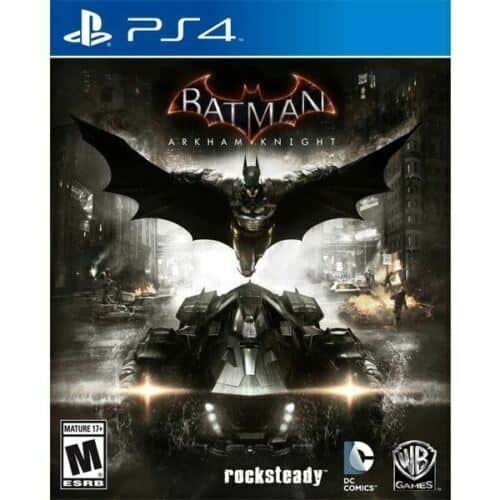
©Batman: Arkham Knight (2015)
The polarizing final installment in the main line Arkham trilogy invests as much time in intricate plotting and unique storytelling as it does clunky tank combat. The gameplay outside of the Batmobile sections has been sharpened to razor’s edge. Utilizing Batman’s own fear and guilt as the titles “big bad”, Arkham Knight’s end is satisfying and strangely emotional. Such subversion of action game tropes almost makes up for its flaws but it doesn’t quite atone for its disastrously buggy Windows launch.
Batman: The Telltale Series (2016)
- Released for PS3, PS4, Switch, Xbox 360, and Xbox One
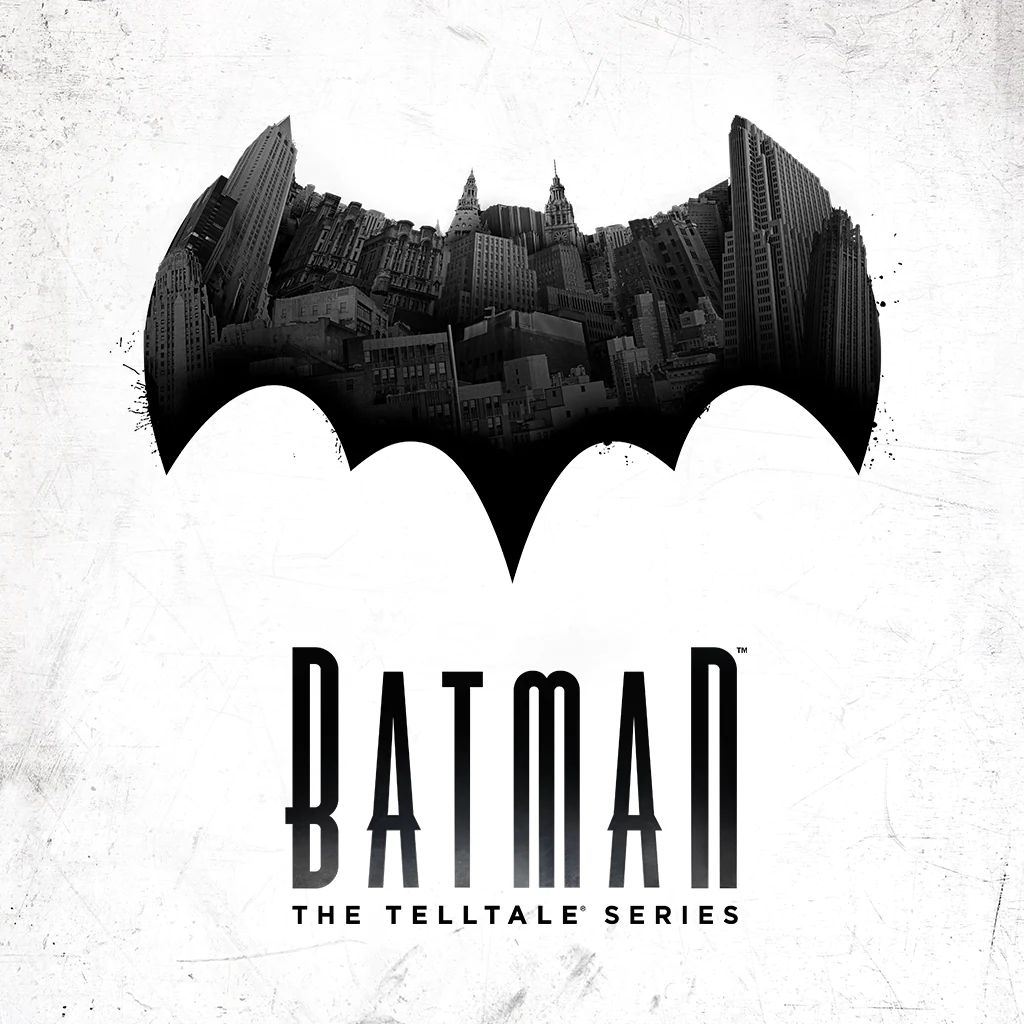
©Batman: The Telltale Series
Telltale’s narrative focused take on point-and-click-adventure games offers a fresh perspective on the Batman mythos. Each episode digs deeper into a Gotham besieged by the Children of Arkham. While the quick time and vintage adventure inspired gameplay may not appeal to everyone in want of another Arkham style slug-fest, the story contained is one of the most complex and nuanced in the Batman canon.
Batman: Arkham VR (2016)
- Released for Oculus, PSVR, and Vive
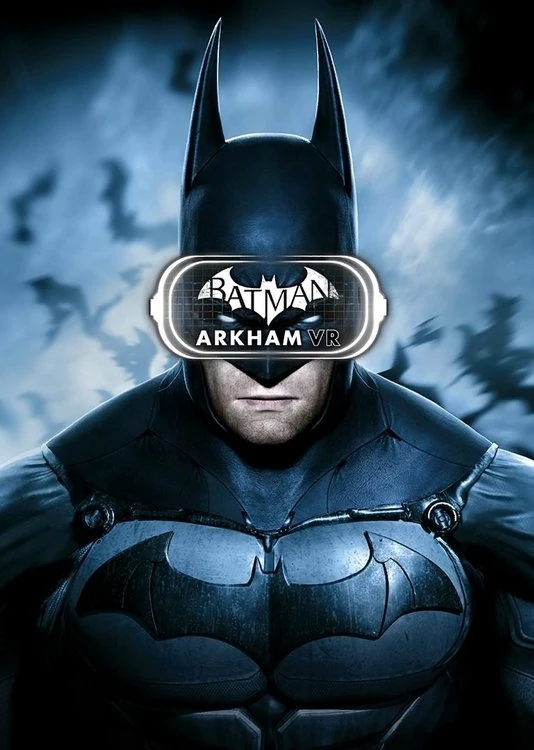
©Batman: Arkham VR
Arkham VR is “I am Batman” in practice. A surprisingly short but satisfying first-hand view through the eyes of the world’s greatest detective.
Batman: The Telltale Series – The Enemy Within (2017)
- Released for PS4, Switch, and Xbox One
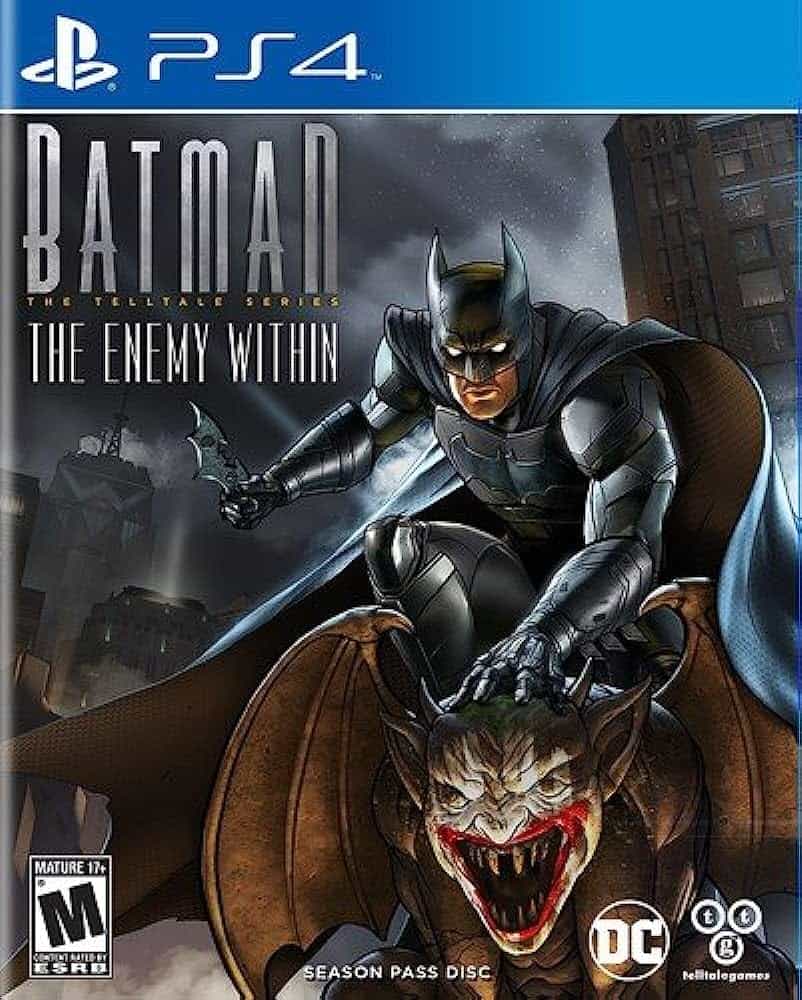
©Batman: The Telltale Series – The Enemy Within
The second – and seemingly final – story-driven bite at the apple from Telltale is as good as the first. Batman: The Enemy Within takes place a year after the events of the earlier entry. It continues to take the Batman story into darker and more thoughtful places, arguably influencing the more spell of mature skewing DC material of the past few years.
Gotham Knights
- Released for PS5, Xbox Series X/S, and Windows
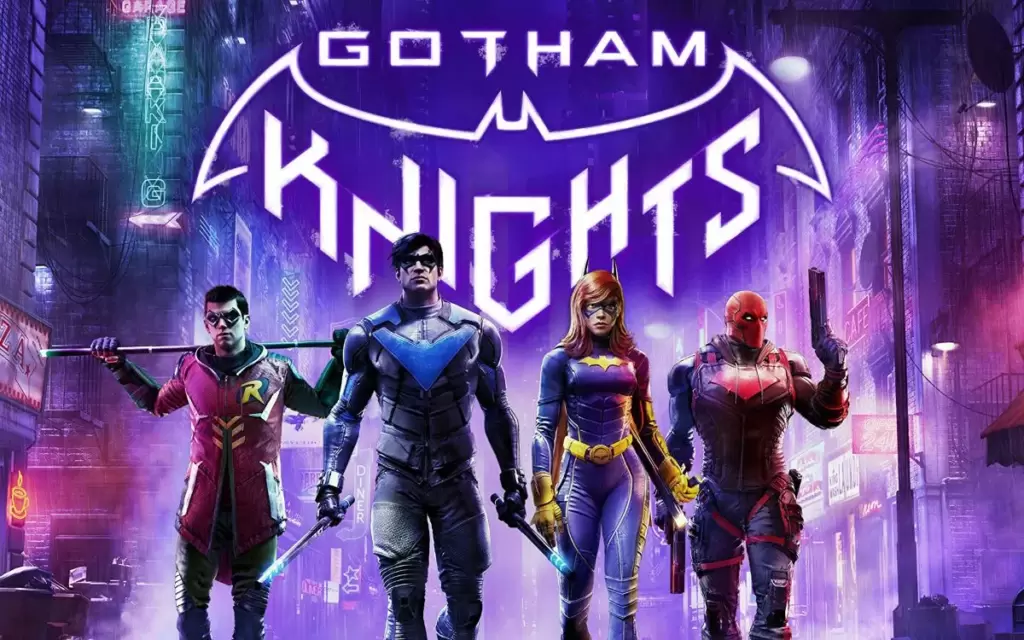
©Gotham Knights (2022)
Gotham Knights is an open-world action RPG developed by WB Montreal (the same team behind Batman: Arkham Origins). The player controls either Nightwing, Batgirl, Robin, or Red Hood in a post-Batman Gotham. The characterization of the heroes is tight and interesting but the gameplay is a bit bland.
